1 Abdel-Rahman, E.M., Nayfeh, A.H. and Masoud, Z.N.ŌĆ£Dynamics and control of cranes: a review.ŌĆØ J. Vib. Control, (2003), Vol. 9, No. 7, pp. 863-908.

2 Almutairi, N.B. and Zribi, M.ŌĆ£Sliding mode control of a three-dimensional overhead crane.ŌĆØ J. Vib. Control, (2009), Vol. 15, No. 11, pp. 1679-1730.

3 Fang, Y.C., Wang, P.C. and Sun, N.ŌĆ£Dynamics analysis and nonlinear control of an offshore boom crane.ŌĆØ IEEE Trans. Ind. Electron., (2014), Vol. 61, No. 1, pp. 414-427.

4 Hatleskog, J.T. and Dunnigan, M.W.ŌĆ£Passive compensator load variation for deep-water drilling.ŌĆØ IEEE J. Oceanic Eng., (2007), Vol. 32, No. 3, pp. 593-602.

5 Hatleskog, J.T. and Dunnigan, M.W.ŌĆ£An impedance approach to reduce the contact-instability whilst drilling with active heave compensation.ŌĆØ Ocean Eng., (2012), Vol. 49, pp. 25-32.

6 Jolevski, D. and Bego, O.ŌĆ£Model predictive control of gantry/bridge crane with anti-sway algorithm.ŌĆØ Journal of Mechanical Science Technology, (2015), Vol. 20, No. 7, pp. 827-834.


7 Kalmari, J., Backman, J. and Visala, A.ŌĆ£Nonlinear model predictive control of hydraulic forestry crane with automatic sway damping.ŌĆØ Comput. Electron. Agric., (2014), Vol. 109, No. 1, pp. 36-45.

8 Korde, U.A.ŌĆ£Active heave compensation on drill-ships in irregular waves.ŌĆØ Ocean Eng., (1998), Vol. 25, No. 7, pp. 541-561.

9 Kotera, T.ŌĆ£Vibrations of string with time-varying length.ŌĆØ Trans. Jpn. Soc. Mech. Eng., (1978), Vol. 60, pp. 765-768.

10 Messineo, S. and Serrani, A.ŌĆ£Offshore crane control based on adaptive external models.ŌĆØ Journal of the International Federation of Automatic Control, (2009), Vol. 45, No. 110, pp. 2546-2556.

11 Moon, S.M., Huh, J., Hong, D., Lee, S. and Han, C.S.ŌĆ£Vertical motion control of building facade maintenance robot with built-in guide rail.ŌĆØ Robot. Comput.-Integr. Manuf., (2015), Vol. 31, No. 1, pp. 11-20.
12 Nam, B.W., Hong, S.Y. and Kim, Y.S.ŌĆ£Effects of passive and active compensators on deepwater lifting operation.ŌĆØ Int. J. Offshore Polar Eng., (2013), Vol. 23, No. 1, pp. 33-37.
13 Ngo, Q.H. and Hong, K.S.ŌĆ£Sliding-mode anti-sway control of an offshore container crane.ŌĆØ IEEE/ASME Trans. Mechatron., (2010), Vol. 17, No. 2, pp. 201-209.

14 Ouyang, H., Zhang, G., Deng, X. and Wang, D.ŌĆ£Load vibration reduction in rotary cranes using robust two-degree-of-freedom control approach.ŌĆØ Adv. Mech. Eng., (2016), Vol. 8, No. 3, pp. 1-11.


15 Sagatun, S.I.ŌĆ£Active control of underwater installation.ŌĆØ IEEE Trans. Contr. Syst. Technol., (2002), Vol. 10, No. 5, pp. 743-748.

16 Sun, N., Fang, Y.F. and Chen, H.A.ŌĆ£A new anti-swing control method for underactuated cranes with unmodeled uncertainties: theoretical design and hardware experiments.ŌĆØ IEEE Trans. Ind. Electron., (2015), Vol. 62, No. 1, pp. 453-465.

17 Tuan, L.A. and Lee, S.G.ŌĆ£Sliding mode of double-pendulum crane system.ŌĆØ Journal of Mechanical Science and Technology, (2013), Vol. 27, No. 6, pp. 1863-1873.
18 Viet, L.A. and Park, Y.A.ŌĆ£A cable-passive damper system for sway and skew motion control of a crane spreader.ŌĆØ Shock Vib., (2015), Vol. 25, No. 1, pp. 1-11.


19 Wu, Z., Xia, X.H. and Zhu, B.ŌĆ£Model predictive control for improving operational efficiency of overhead cranes.ŌĆØ Nonlinear Dyn., (2015), Vol. 79, No. 4, pp. 2639-2657.


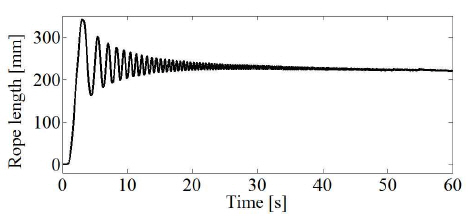





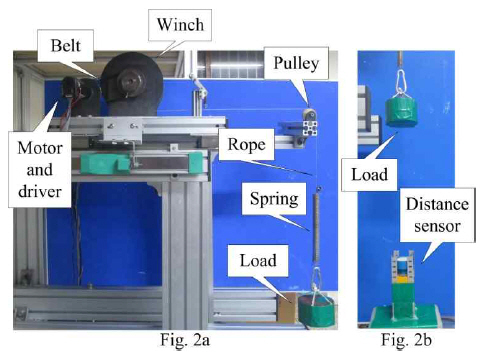

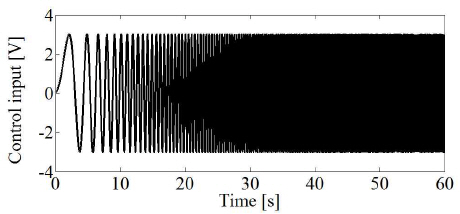
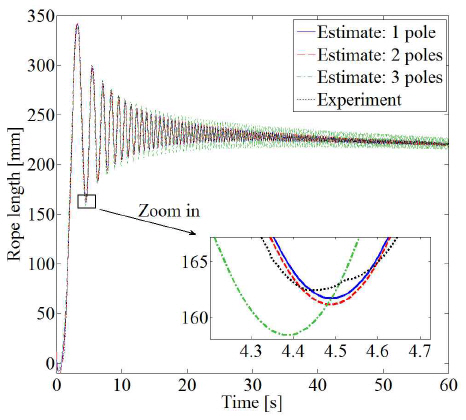


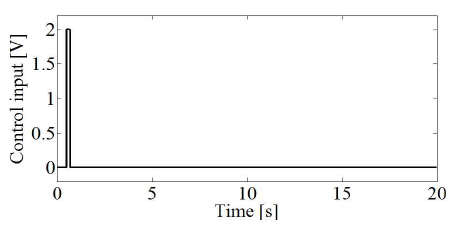
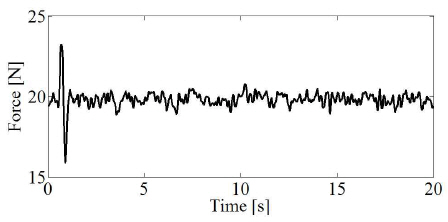
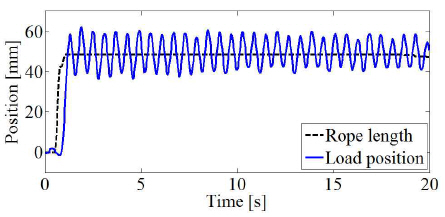
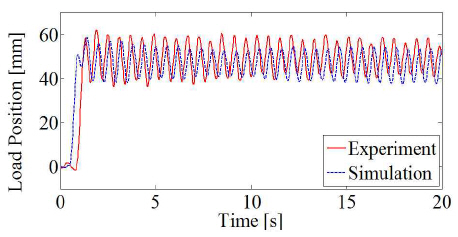
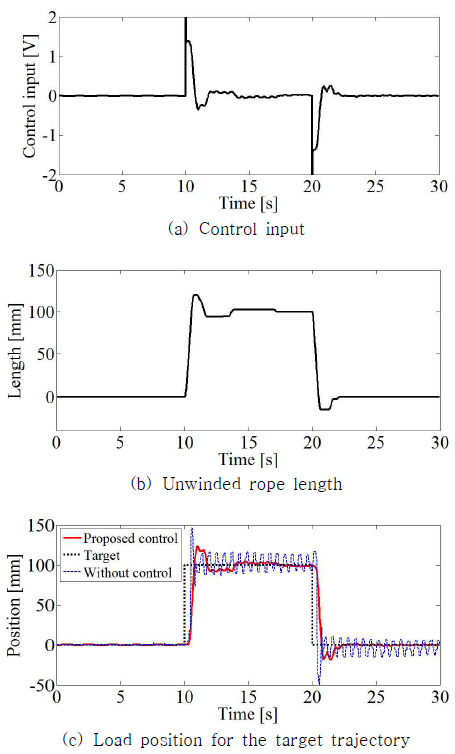
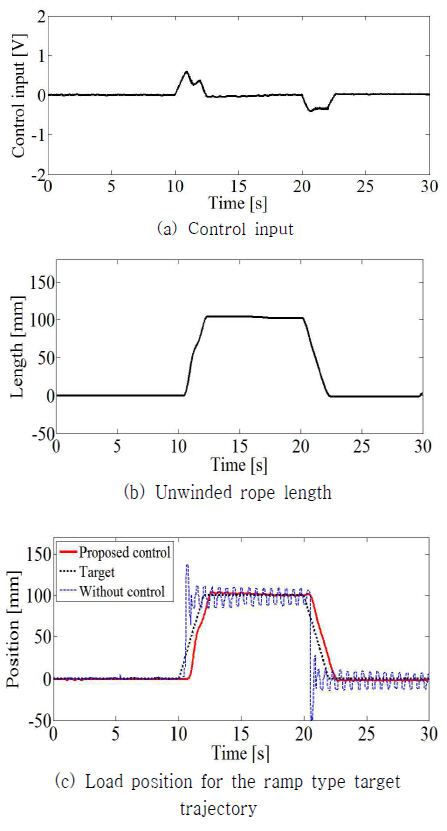
 PDF Links
PDF Links PubReader
PubReader Full text via DOI
Full text via DOI Download Citation
Download Citation Print
Print






